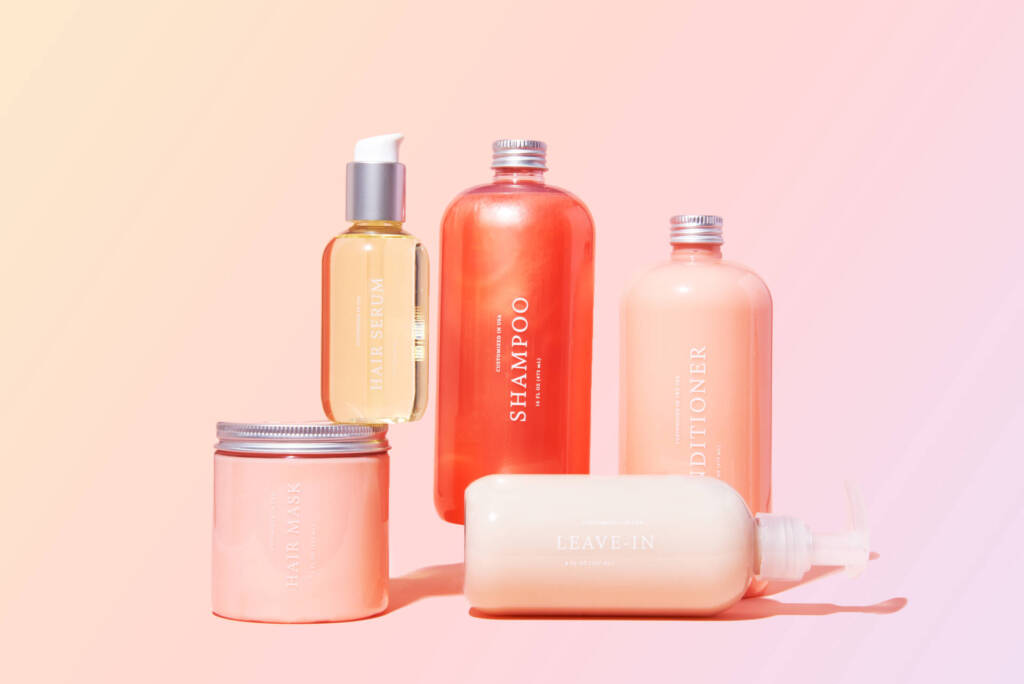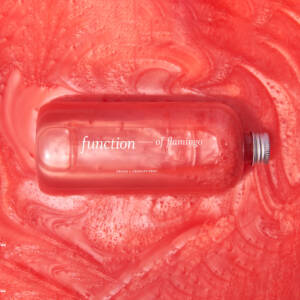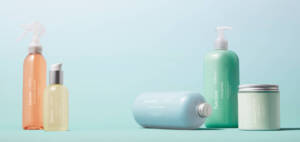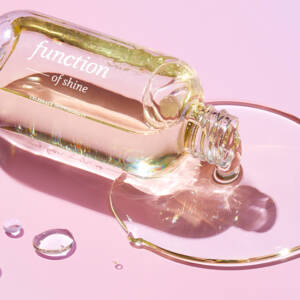“for a long time after I went natural, I was expecting my hair to be something it wasn’t. “

My hair isn’t the picture-perfect image of natural curls that we often see perpetuated and celebrated in the media (think Tracy Ellis Ross), and I’m good with that, now. But for a long time after I went natural, I was expecting my hair to be something it wasn’t. I spent money and time on all kinds of products and techniques that promised to give me that picture-perfect “look.” But no matter what I did, the look always seemed unattainable.
Six years ago, when I decided to go natural or rather “return to” natural, it was the result of a challenge I had with my sister-in-law. You know the kind – if you do it, I’ll do it too – so we did it. We were both tired of chemically straightening our hair and the issues that came along with it. Problems like hair damage, burned scalps, expensive and frequent salon trips, and the risks associated with the toxic chemicals used in relaxers, had us saying enough is enough. We were also spurred on by the growing natural hair movement. At that point, I had been using relaxers for over 25 years. I wanted to get reacquainted with and learn to love my hair as it naturally grew out of my head.
“I was a complete novice, but I figured it would all miraculously come together.”
I was afraid to big chop, scared of the drastic change, and the shock of having short hair. So instead, I transitioned over a few months from relaxed to natural. Eventually, though, I got fed up with having two textures – one straight and one curly – and decided it was time to grab a pair of scissors and do the deed.
I liked it more than I thought I would. I was excited about caring for it and imagined life would be so much easier with my natural hair. Oh, how naïve I was. Looking back at that time, I did nothing to prepare for my return to natural hair – I didn’t research products, or how to care for or style my hair. I was a complete novice, but I figured it would all miraculously come together. I even thought the same products that worked on my relaxed hair would work on my natural hair. I envisioned perfectly coiled, well-managed, silky curls that cascaded around my head, framing my face.
But I was in for a rude awakening. My hair was the complete opposite of what I imagined. It wouldn’t comply – it wasn’t the dream hair I had wanted. Instead, it was dry, hard to manage, and didn’t seem to have any curl pattern at all. I was disheartened, and I set my mind to doing some much-needed research.
Meanwhile, my sister-in-law, while faring better than me (at least she had a curl pattern), struggled with natural hair issues of her own. And we noticed that techniques and products that worked for her didn’t work for me, and visa versa. We wondered, “Why wasn’t this as easy as we thought it was going to be?” To right our wrongs, we delved into a whole new world of natural hair vloggers, bloggers, and product recommendations with intensity. We discovered a wealth of information that turned things around for us. Words like porosity, hair typing, sulfate-free, co-wash, and texture entered into our vocabulary, and we learned how to care for our hair, style it, and shop for curl-friendly haircare products.
“I continued to covet those media images that told me my hair was only worthy of praise…if it fell into the category of the idealized look.”
I had come a long way. But, in the back of my mind, I was still expecting my hair to transform into something else. I continued to covet those media images that told me my hair was only worthy of praise and acceptance if it fell into the category of the idealized look. But like most things, the more you know, the more you grow.
“my curls couldn’t be tamed because my head is adorned with rebellious gray hair.”
Research brought forth more revelations, beginning with the realization that I have low porosity hair; this was my first aha moment. Low porosity kept the moisture from entering my hair shaft; thus, my hair always felt dry. But I found out low porosity was a problem that could easily be resolved by integrating heat into my haircare routine. Next up, my curl pattern wasn’t missing after all. I have super coily 4C hair that needs lots of love, moisture, and the right type of hair products to reveal a truly sublime curl pattern. Then, my hair isn’t silky and fine because it is coarse and thick, which makes it strong and resistant to damage. Lastly, my curls couldn’t be tamed because my head is adorned with rebellious gray hair. You see, I’ve been going gray since I was 19 years old. From its first appearance as just a few strands to its almost complete dominance of my entire head, gray hair has been a part of my life for as long as I can remember. My silver locks just wanted to be free.
These eureka moments helped me understand my natural hair better, and once I did, I fully embraced my coarse, 4c, high-density, low-porosity, coils. I was finally able to appreciate my hair and see the benefits, not just the challenges. I’ve come so far from where I started. Now I’m not afraid to showcase my curls. They don’t have to be perfect coils, and most days, they aren’t. I can wear my hair in a puff, a twist out, a wash n’ go, mini-twists, braids or simply, let it be. My hair is my crowning glory. I’m no longer concerned with society’s interpretation of what is acceptable natural hair. But I do know, I can’t control my curls, and I love that. Every day is different. What matters most is that my hair is healthy.
“My hair is my crowning glory.”
I think many of us with curly hair expect it to behave a certain way. We spend countless resources trying to achieve someone else’s look instead of learning more about our hair and what it needs to thrive. But the beauty of curly hair lies in its versatility, in its unwillingness to play by the rules, and its ability to surprise you. All it desires is some love and care, and it will reward you with a look that is uniquely and beautifully your own.





